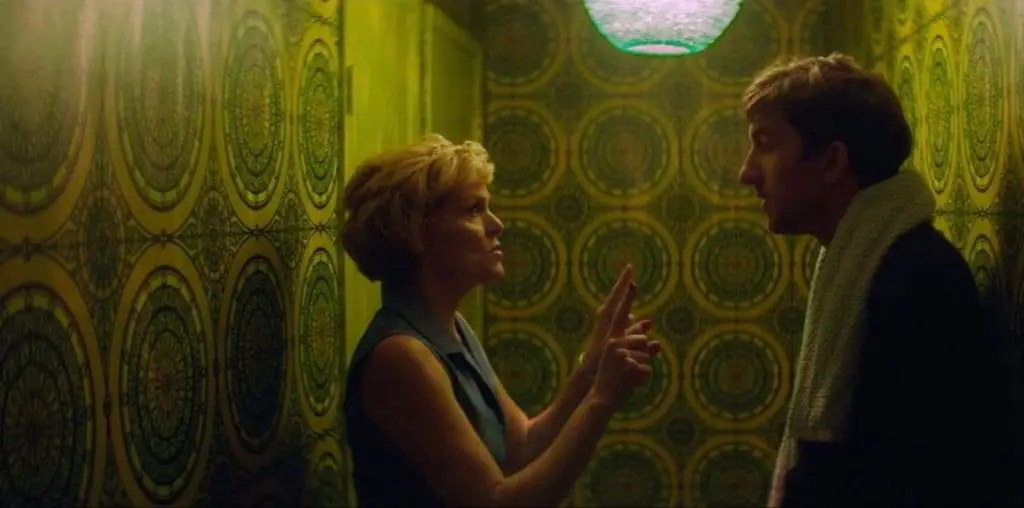
The first time I met an archivist, I had little concept of what the job entailed. It seemed like they were basically librarians with less job prospects. Though there is some truth to that, “These Amazing Shadows,” depicts the brass ring of archivist jobs: Working for the National Film Registry. Archivists are passionate people. No one would work so hard for so little pay or job security if they didn’t love what they did. But if you consider yourself a lover of cinema, you know why they do what they do. Think of your favorite film. Chances are you consider it an indispensable part of film history. Now think of a future without it. “These Amazing Shadows” is an entertaining, though somewhat frivolous, look at what it takes to keep that from happening.
The National Film Registry is a department of the Library of Congress, which strives to preserve as many films as possible in their original format. It was created in 1988 as a response to protest by actors and filmmakers of Ted Turner’s colorization spree of black and white films. The registry initially named 1000 films for inclusion. Since then, they’ve nominated 25 films per year to be added to the list. The criteria are that they be “culturally, historically or aesthetically significant.” This can, of course, mean different things to different people and recommendations for the list are sometimes met with controversy. Inclusion on the list is a more prestigious award than an Oscar, because it means that the film stands the test of time.
“These Amazing Shadows” is more a love letter to cinema than an informational documentary. There is much talk about the magic of movies and how they enrich our lives; how they hold a mirror to society and document our history. There are tons of clips from indispensable films including “Easy Rider,” “The Wizard of Oz,” “To Kill a Mockingbird” and “It’s a Wonderful Life.” You’re most certainly guaranteed to see a clip from one of your favorite movies and, as a result, much of “These Amazing Shadows” feels rather moving. But it often relies too much on the films themselves and doesn’t delve enough into the process of preservation. Sure, we get a peak inside “Nitrate Land”, the vast, climate controlled chamber that keeps our beloved films in pristine condition. We meet an archivist in “triage” as she literally tapes together the reels of a damaged film. We hear testimony from a couple of employees as they tell the story of getting their favorite movie on the list. But these are merely brief glimpses in between montages of famous films. Because of this, it often feels more like one of those commercials that studios put together to showcase their biggest titles. It would have been nice to, instead, follow a single film from nomination to preservation.
They also briefly touch on some of the more controversial inclusions such as the notoriously racist film, “The Birth of a Nation” and footage of the JFK assassination as well as films with cult significance like “The Rocky Horror Picture Show.” I wish that “These Amazing Shadows” had gone deeper with these topics. They bring up “Star Wars,” but only to talk about how it was instantly iconic. There is no mention of the fact that they sometimes can’t prevent the filmmakers themselves from attempting to ruin their original work.
Also missing is an explanation for why it is so important to preserve these films on celluloid. While I know that there is nothing so beautiful as an original 35mm reel of a favorite film, why work so hard to preserve such a fragile medium? Perhaps they should put some work into finding a more robust method of keeping these films alive. And what of films that are actually shot digitally? Are they out of the running or will the National Film Registry eventually have to update their vaults to accommodate them? After all, we fall in love with films because of the story, not the thing it’s printed on.
